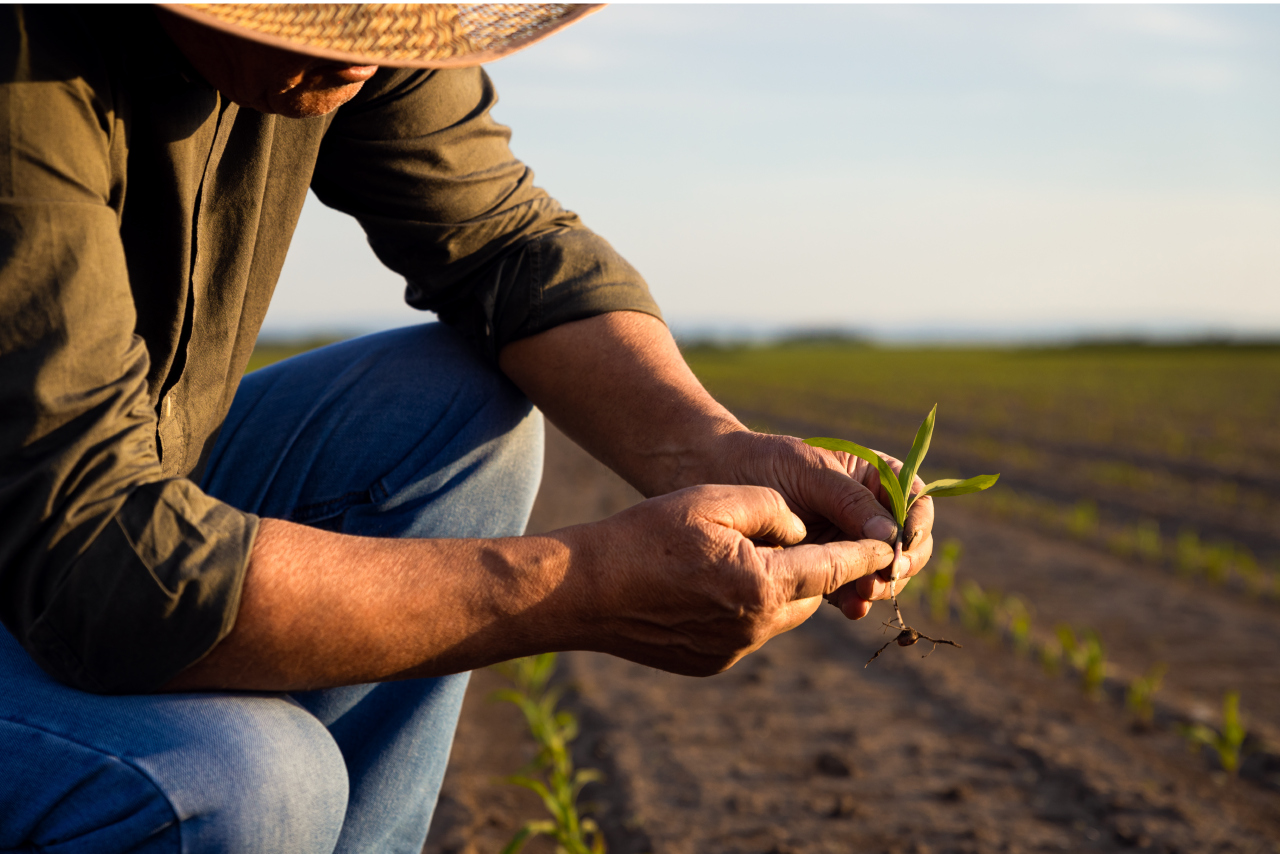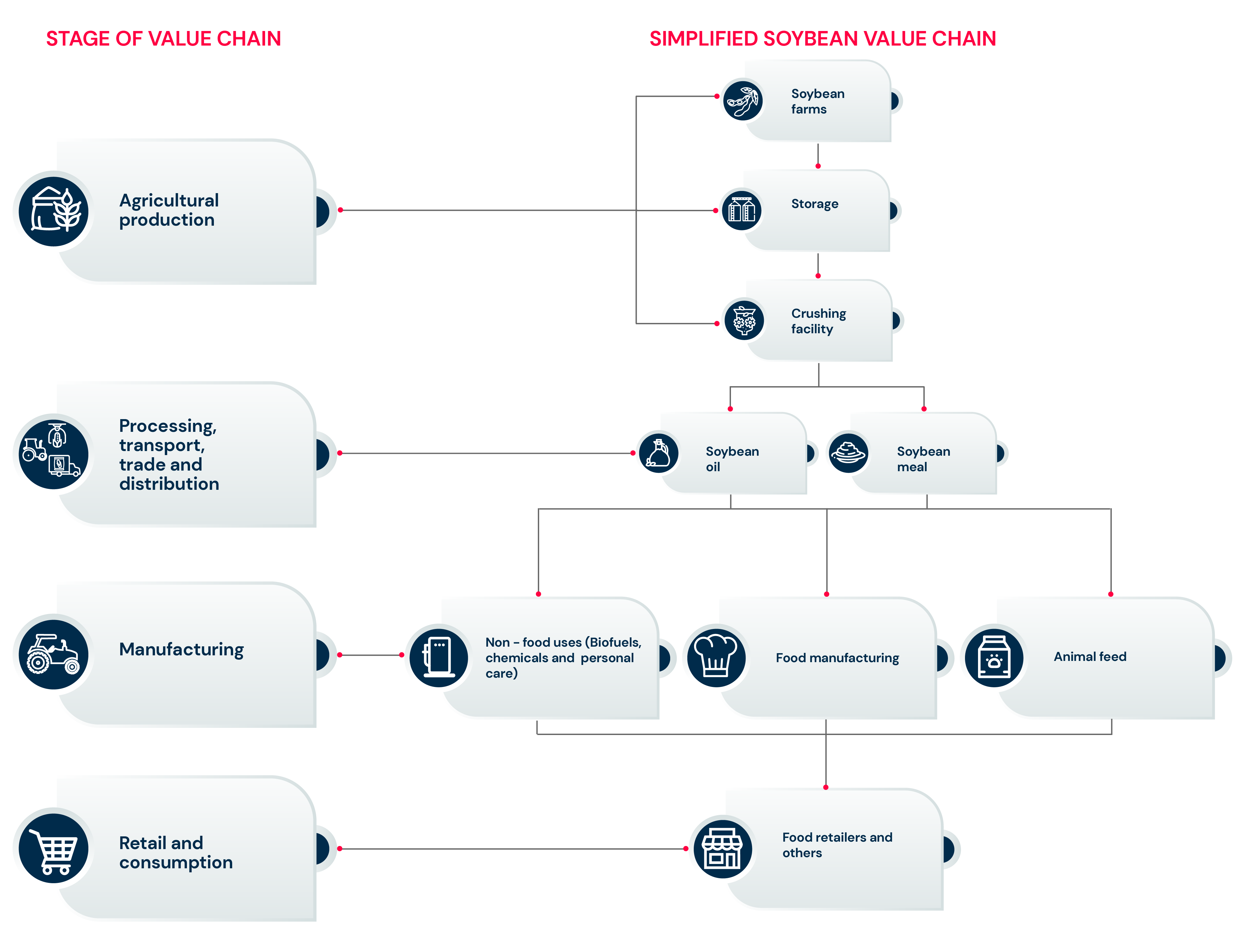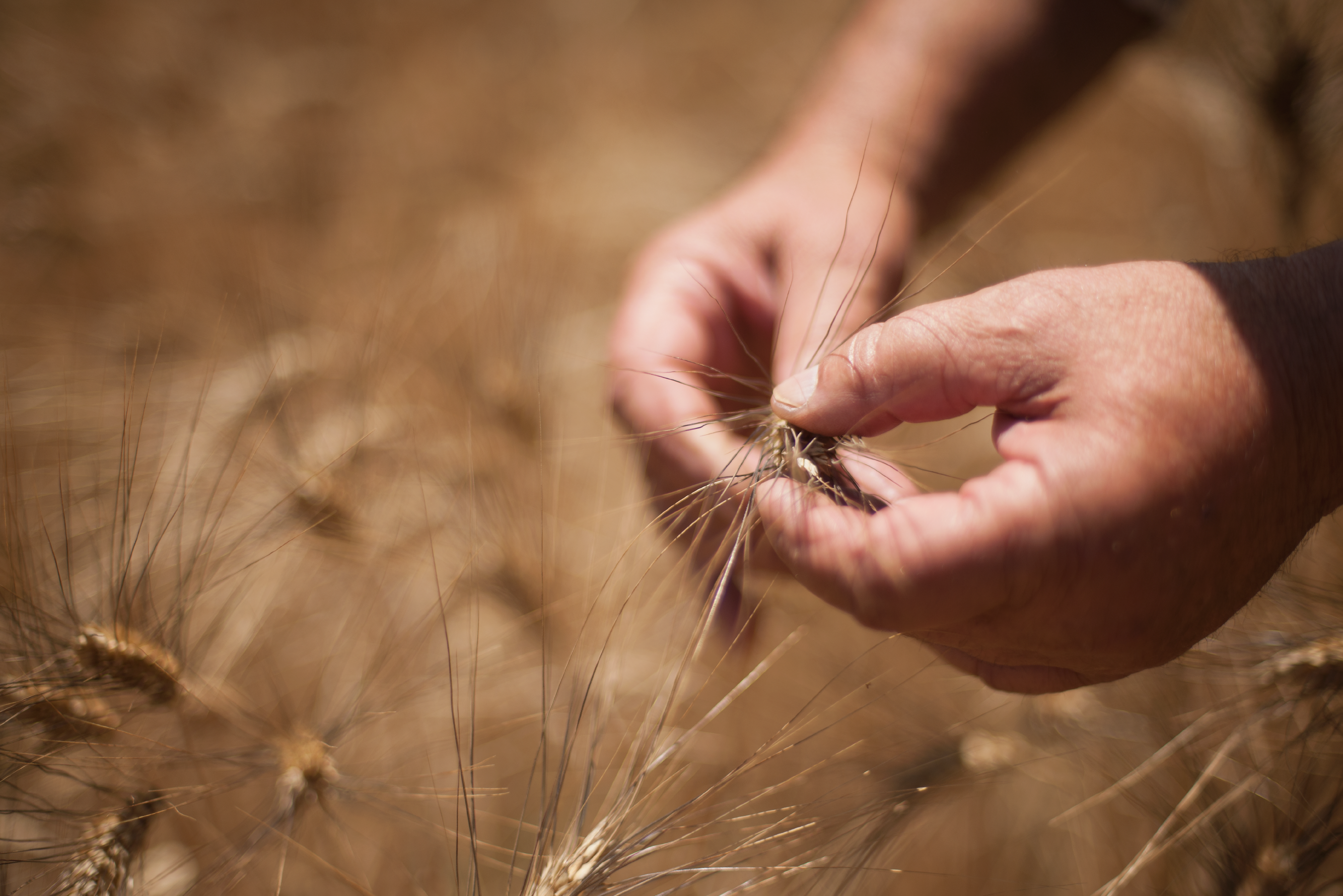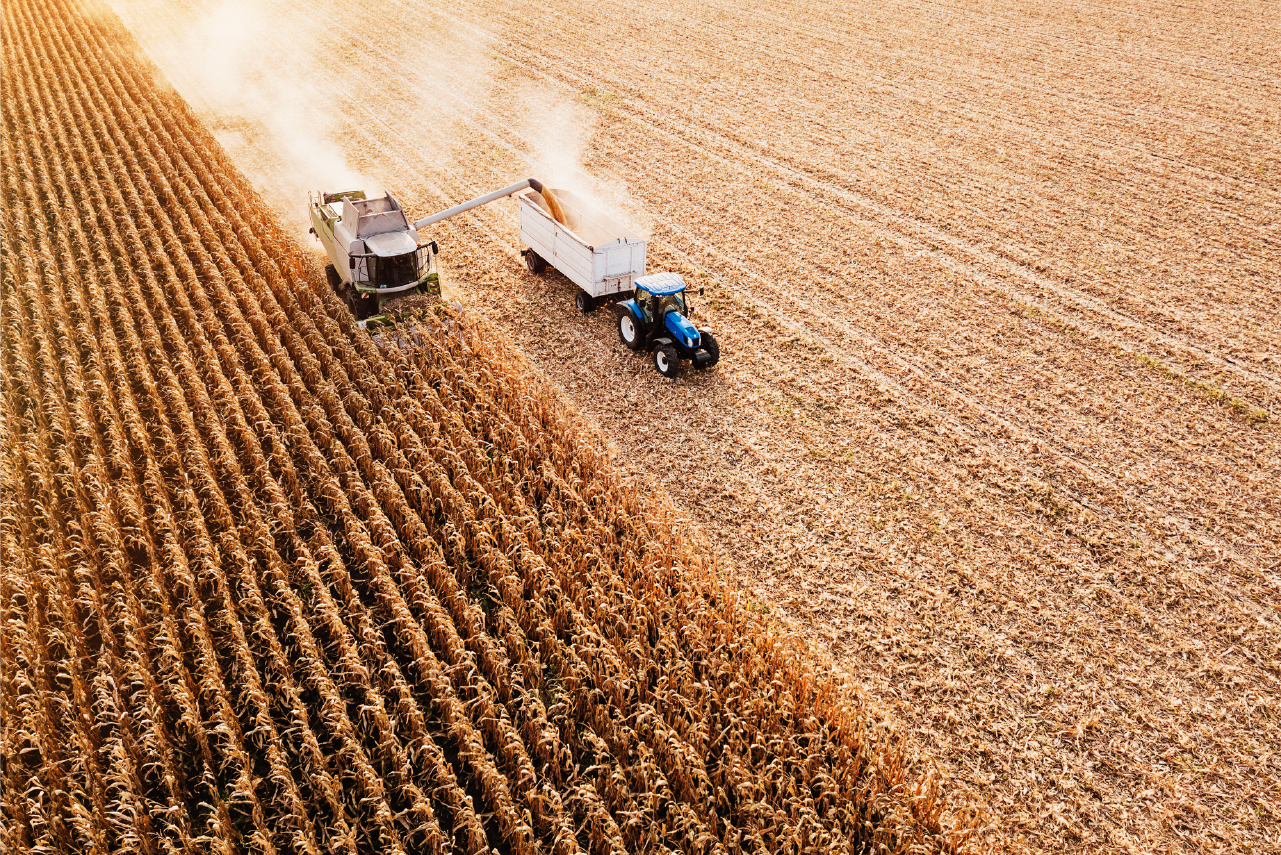Invisible, yet powerful – the agribusiness supply chain involves a multitude of dynamic processes that encompass all components of a “farm-to-fork” process. These include various stages related to supply, production, post-harvest, storage, processing, distribution, and linkages between components.

Invisible strings controlling the agribusiness supply chain
Invisible, yet powerful – the agribusiness supply chain involves a multitude of dynamic processes that encompass all components of a “farm-to-fork” process. These include various stages related to supply, production, post-harvest, storage, processing, distribution, and linkages between components. The processes, though complicated, function smoothly until there’s a disruption that affects the whole system. A chink in the armor has a domino effect with food quality and competitive pricing being the last pieces to fall.
Here are the invisible strings controlling the agribusiness supply chain:
Key components and personas
The agriculture supply chain is complex and has many players involved. At a high level, this includes farmers, traders, storage manager, transporter and consumer.
Following are the components of an organized agri-supply chain:
- 1. Procurement or sourcing
- 2. Logistic management
- a. Transportation
- b. Material management
- c. On the premise of supplying mostly from production not stock
- d. Warehousing
- e. Logistics Network modeling
- 3. Organizational management
- a. Contracting
- b. Strategic alliances and partnerships
- c. Vertical integration
- i. Long term storage
- ii. Packaging technology
- iii. Cold chain management
- iv. Energy efficient transport
- v. Quality and safety
For a broad understanding of how the supply chain works in agriculture, here’s a scenario on soybean oil supply chain management:
Soybean production has more than doubled worldwide over the past 20 years, expanding into a $123 billion market. This commodity is the world’s largest source of animal protein feed and the second largest source of vegetable oil. USA is the top production region for this agricultural commodity. The soybean supply chain is complex and includes many sectors, however a small group of big companies control large volumes of production at key points in the supply chain.

(source: Soybeans | Engage the Chain )
As you can see above, each stage of the soybean value chain has multiple processes involved and disruptions in any of these areas could mean havoc.
Market volatility
Expect the unexpected. Agribusinesses are especially sensitive to volatile markets. The agricultural markets are dependent on the supply and demand dynamics of the underlying commodity, which can shift and change based on weather conditions, politics, disease, and shipping and freight issues. Fluctuations in these factors can impact the price volatility of the markets.
Case in point, as an indirect consequence of the recent Russia/ Ukraine conflict not only will there be supply shortages, but also global food prices are set to increase which will directly impact food security. As per the Commodities Market Outlook (October 2022, World Bank Report) the war in Ukraine. The crisis delivered a fresh blow to global commodity markets. Initially, the war led to significant disruptions to grain and oil seed production and trade. Although food prices have retreated from their 2022Q2 peaks, they are still high compared to the past five years. An escalation of the war could quickly reverse the expected easing of food commodity prices in 2023 and 2024.
Lack of insights
Managing a complex supply chain is no mean feat. Companies need to make sure everything throughout the life cycle is seamless. Without insights, companies are running blind and cannot make business pivots at crucial times. They will be at a cost and competitive disadvantage.
Example: In a scenario where an agribusiness was trading with Ukraine and now cannot continue, due to political instability, it’s important to be able to do quick analytics to figure answers related to what’s the position, PnL impact. It’s also important to be able to share the data in an easy and secure way. A lack of insight would mean that there’s a delay in decision-making. By the time these decisions are made, the business has already been impacted by the situation.
Myriad of risks
There are different types of risks involved in the agribusiness supply chain and risk managers need visibility into the kind of obstacles that might suddenly come up. Some examples of associated risk are transport risk, storage risk, counterparty risk, accounting risks, import risk and more.
For example: It’s important to keep payable in orders of multiple counterparties, multiple people throughout the lifecycle. While importing, a business must pay the price to the counterparty for the import, pay the vessel, pay for loading the vessel, unloading the vessel, inspecting the vessel, import clearances, so on and so forth.
Conclusion
Now that we know all the invisible strings pulling the agribusiness puppet, it’s obvious that steps need to be taken to safeguard the agribusiness supply chain. At a macro level, this will translate to better food security. For agribusinesses to succeed, it’s essential to find a way to optimize risks and overcome challenges. Agricultural supply chains could also have challenges associated with seasonality, supply spikes, long supply lead-times, and perishability. In this regard, future-proofing agriculture supply chain with the help of a CTRM cloud platform can help ease the mind of key stakeholders. Keep an eye out for our free eBook on’ Future-proofing agriculture supply chain with the help of a CTRM cloud platform’ to know more.
Other resources

Australian grain leader implements Eka ahead of bumper crop season
Ahead of harvest season, the customer — a leading grain company — wanted to digitalize their trading operations.

Modernizing grains value chain
Modernize workflows from farm to fork, optimize operations, automate workflows, increase profits and reduce risk.